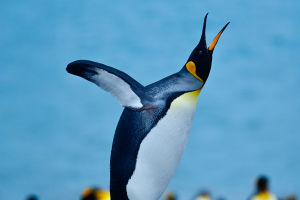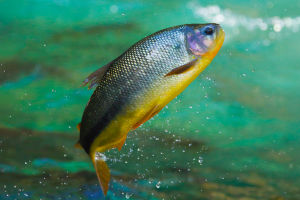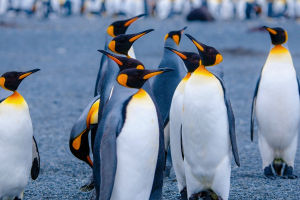Every year, as the seasons change, flocks of geese fill the sky in their famous V-shaped formation. It's a breathtaking sight—and not just for beauty's purpose. Why do geese migrate in groups, and what's the reason behind this special flying pattern?
Let's explore how teamwork and smart flying make their long journey possible.
Migrating to survive the seasons
Geese migrate mainly to survive changing weather and find food. In colder months, the water in lakes and ponds may freeze, and grass or grains they feed on become harder to find. So, when winter approaches, geese take to the sky and head south where it's warmer and food is easier to get. When spring returns, they fly back north to nest and raise their young. It's a long trip—but it's a necessary one.
Why they stick together
Flying in a group is more than just staying social. There's real science behind it. When geese fly together, they save energy. The bird at the front takes on the most wind resistance, while the ones behind glide in the air current it creates. This makes it easier for those following to stay in the air without flapping as hard. Every so often, the leader drops back, and another bird takes its place. This rotation helps the group fly farther without tiring out.
The power of the V-formation
The V-shape isn't just pretty—it's powerful. This flying pattern is designed to reduce air resistance. When each goose flies slightly behind and to the side of the one in front, they get a helpful lift from the air flow. It's like riding a bicycle behind someone—you don't feel the wind as much. Scientists have found that flying in a V can boost efficiency by up to 70% compared to flying alone.
Communication in the air
Geese aren't just silent flyers. They often honk while flying, and this serves as a way to communicate. Their calls may help them stay together, encourage each other to keep going, or alert the group if something's wrong. This constant vocal contact helps the whole flock move as one, especially when they're flying through fog, clouds, or changing weather.
Safety in numbers
Traveling in a group also means better safety. With more eyes in the sky, it's easier to spot predators, dangerous weather, or human-made threats like airplanes and tall buildings. If one goose gets tired, sick, or injured, others in the group may slow down or even land to support it. This teamwork increases their survival chances during the long migration journey.
Young geese learn from the flock
Migration isn't something geese are born knowing how to do perfectly. Young geese learn by flying with experienced adults. They pick up the best paths, resting spots, and how to handle wind and weather. These lessons help them survive future migrations. It's a natural classroom in the sky—full of guidance, memory, and shared wisdom.
It's all about survival and strategy
In the end, migrating in a group is about more than just going from point A to point B. It's a survival strategy built on teamwork, smart energy use, and shared knowledge. Flying in a V-shape might look like a simple instinct, but it's really a sign of how well geese understand their environment—and how they work together to get through it.
Have you spotted migrating geese?
Next time you see a V-shaped line of geese in the sky, take a moment to appreciate the science and cooperation behind it. Have you ever seen them pass overhead in the early morning or at sunset? What did it make you feel?
We'd love to hear your thoughts or any goose encounters you've had. Nature is full of smart systems—and the geese in the sky are some of the best teachers of teamwork we've got!


